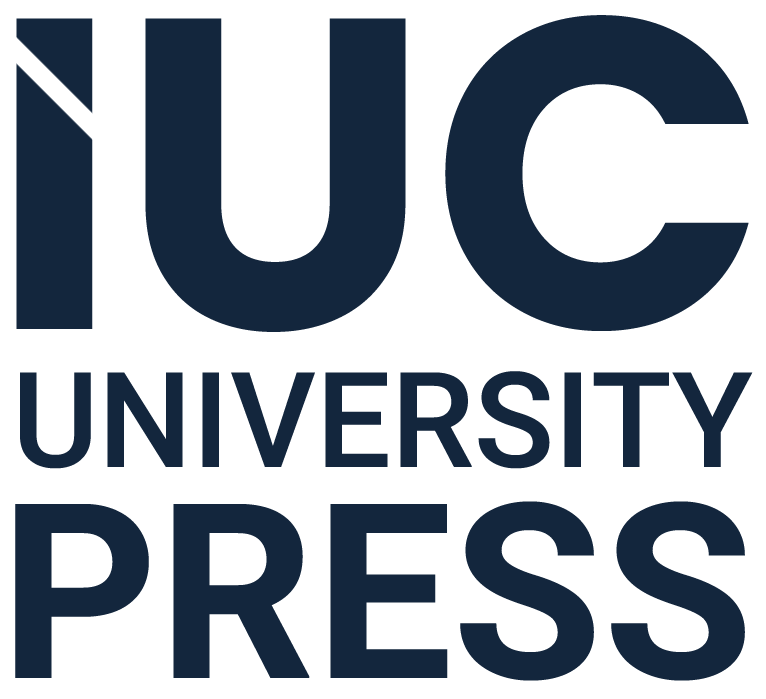End-of-Life Decision: Euthanasia Reviews
End-of-life decisions represent one of the most delicate moments in human life. This decision initiates a profound internal conflict and contemplative process within an individual during the journey towards life's final destination. The last touch of life, the last breath, and the reverberation of a decision encompassing an entire lifetime...
Every life is a unique story written by its protagonist. But can one who writes their own story also determine their own end? This thought-provoking question leads an individual to question their own existence and the process of confronting death.
This work has been prepared with the aim of understanding and evaluating the decisions made in the final stages of life, revolving around the concept of euthanasia. The book addresses the concept of euthanasia through an interdisciplinary perspective, bringing together diverse and rich views on the subject. Additionally, it examines the evolution of the concept of euthanasia and its transformation in the modern world by providing a historical perspective spanning from ancient times to the present day.
The decision to end life is the culmination of a multidimensional process filled with challenges. This work does not seek to glorify or completely reject euthanasia. On the contrary, it strives to understand this sensitive issue from a neutral standpoint. The intention is to shed light on the factors influencing end-of-life decisions, comprehend the depth of these decisions, and contribute to the discussions surrounding euthanasia. This work, written with the intention of contributing, offers readers a thought-provoking journey.
The book appeals to anyone looking to enhance their knowledge and awareness in this field. We hope that each page will take the reader one step further in understanding the complexity of decisions made in the final moments of life. We are delighted to present this work, "End-of-Life Decision: Euthanasia Reviews" derived from the master's thesis conducted by Gizem Burcu BOLAT under the guidance of Assoc. Prof. Dr. Taner ARTAN.
Gizem Burcu BOLAT
Assoc. Prof. Taner ARTAN

